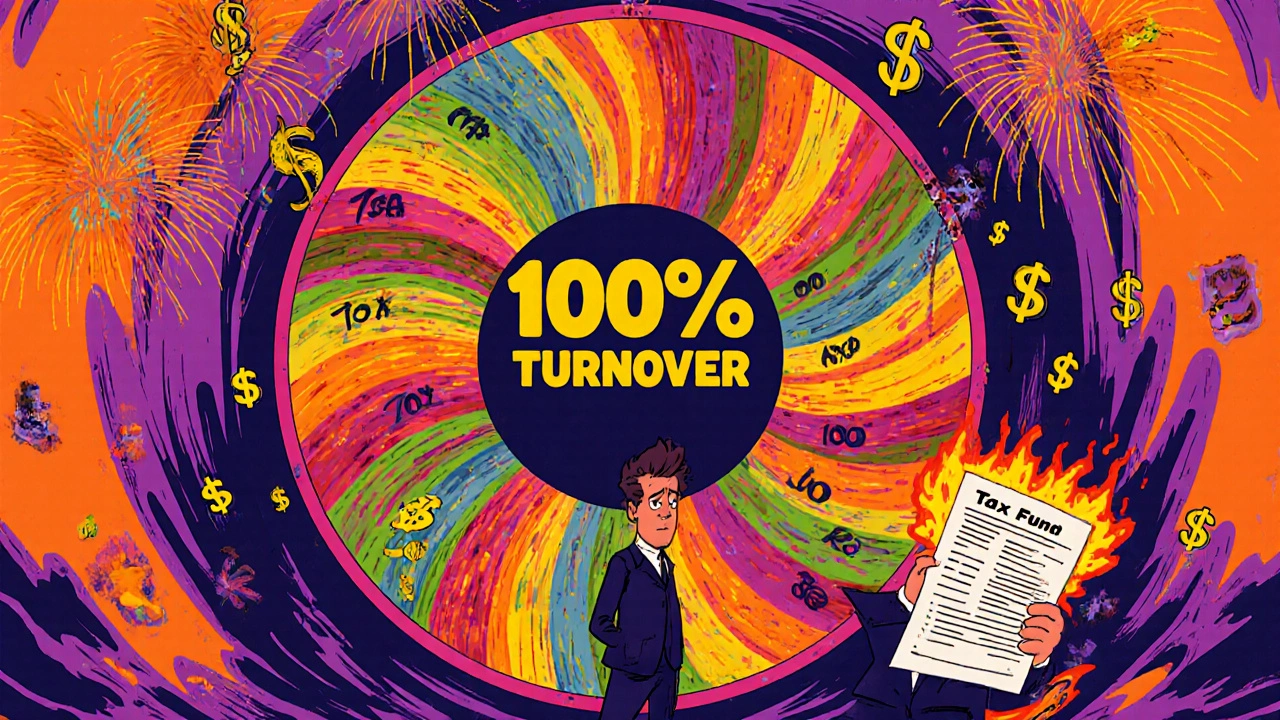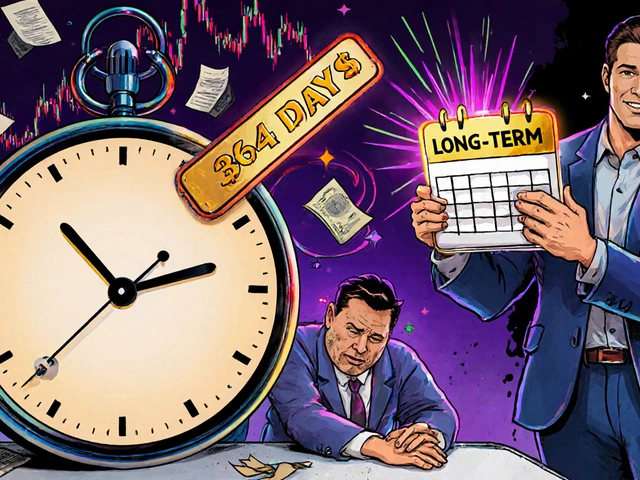Investing: Build Smarter Portfolios with Correlation, Diversification, and Global Rebalancing
When you think about investing, the act of putting money to work with the goal of growing wealth over time. Also known as building wealth through assets, it isn’t just about picking stocks or hopping on trends—it’s about understanding how different pieces fit together, and when to change the whole picture. Most people think investing means buying something and hoping it goes up. But the real game is in the connections: how one asset moves in relation to another, how your global holdings react when the dollar weakens, and why holding the same mix year after year might be costing you more than you realize.
diversification, spreading risk across different types of assets to reduce the chance of big losses sounds simple, but it’s broken if you don’t know correlation, how closely two assets move in sync or opposite directions. For years, people assumed stocks and bonds always balanced each other out. That’s not true anymore. During high inflation, they often drop together. If your portfolio relies on that old idea, you’re not diversified—you’re just exposed to two risks at once. And when you add international rebalancing, the practice of adjusting your foreign investments to match changing economic conditions into the mix, things get even more interesting. In 2025, the dollar isn’t the only game in town. The euro, gold, and other alternatives are gaining ground as countries shift their reserves. If you’re not paying attention to currency moves, how exchange rates affect the real value of your overseas holdings, you could be losing money without even knowing it.
You don’t need to be a Wall Street expert to get this right. You just need to know what questions to ask. Why are your assets moving together when they’re supposed to protect you? When was the last time you checked if your international holdings still make sense? What happens to your portfolio if the dollar falls 15%? These aren’t theoretical questions—they’re daily realities for anyone who wants to sleep at night. The posts below break down exactly how to spot these hidden risks, fix them with simple adjustments, and build a portfolio that works in real markets—not textbook ones. No jargon. No fluff. Just what you need to know to invest with confidence.
















